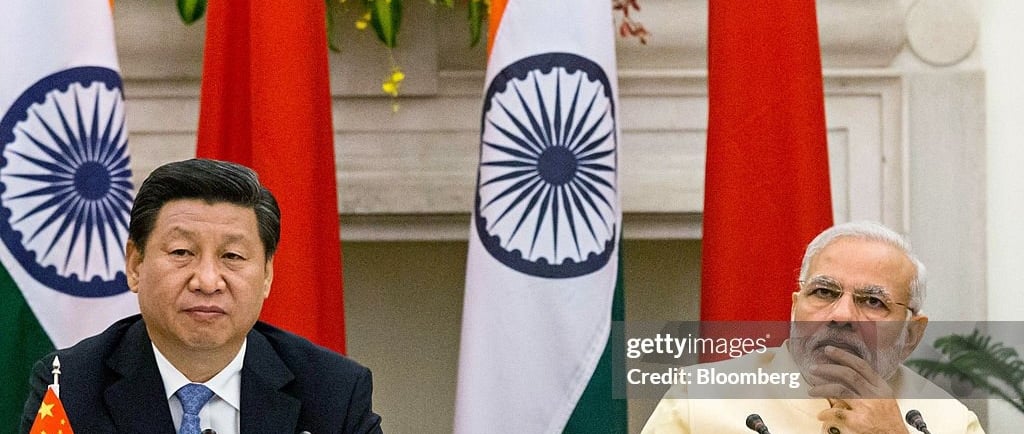India-China Relations: A Fragile Thaw or a Strategic Shift?
Explore the evolving dynamics of India-China relations. Is the recent thaw in tensions a temporary phase, or does it signal a deeper strategic shift in bilateral ties?
DAILY UPDATE
Monir Hussain
2/24/20252 min read


India’s Foreign Secretary Vikram Misri’s visit to China in January 2025 marked a potential turning point in bilateral relations, with both nations announcing steps toward restoring engagement. His meetings with Chinese Foreign Minister Wang Yi and Liu Jianchao, Minister of the International Department of the Communist Party, signaled a recalibration of ties after years of tension. Among the key takeaways were the proposed resumption of media and think tank exchanges, the Kailash Mansarovar Yatra, and direct flight connectivity, set for implementation in mid-2025.
Context and Motivations Behind the Renewed Engagement
India and China have been in a protracted diplomatic impasse since the Galwan clashes of June 2020. However, strategic and geopolitical factors appear to have influenced this latest move towards détente. The return of Donald Trump to the U.S. presidency, known for his unpredictability in global affairs, has created uncertainty in international politics. Both India and China seem to be adjusting their positions in anticipation of potential shifts in U.S. foreign policy.
Additionally, China’s economic challenges and India’s own growth priorities may have played a role in fostering a pragmatic engagement. Historically, China has sought to stabilize relations with India during periods of global and domestic turbulence, as seen in the post-Tiananmen normalization efforts. The renewed dialogue suggests an external as well as an internal logic driving the thaw in relations.
Unanswered Questions on Border Stability
Despite the diplomatic outreach, there remains a conspicuous silence on critical border security issues. The status of de-escalation, demilitarization, and the withdrawal of troops from key friction points along the Line of Actual Control (LAC) remains unclear. Since the 2020 clashes, both sides have maintained heavy troop deployments in Galwan, Depsang Bulge, Charding Nala, Gogra Post, Hot Springs, and the Pangong Lake region. The lack of explicit confirmation regarding troop pullbacks from these areas raises concerns about the true extent of normalization.
India has consistently maintained that restoring the status quo ante at the LAC is a prerequisite for broader diplomatic progress. However, China has pushed for delinking border tensions from overall bilateral cooperation, advocating for economic, political, and social engagement despite unresolved territorial disputes. Without clarity on whether patrolling rights have been restored or whether China has retreated from occupied positions, skepticism about the sustainability of the current détente remains.
Strategic Caution Moving Forward
While renewed diplomatic exchanges are a positive step, India’s silence on core security issues risks creating the perception that it is conceding to China’s narrative of "moving on" without ensuring concrete changes on the ground. Given the cyclical nature of India-China relations under Xi Jinping’s leadership, any rapprochement must be approached with cautious optimism. The fundamental differences in their global outlooks and geopolitical aspirations mean that tensions could resurface unless the border situation is transparently addressed.
A more assertive communication strategy from the Indian government on the status of border negotiations is crucial. Without it, concerns will persist over whether this renewed engagement is a genuine step toward stability or a tactical maneuver that leaves unresolved security concerns festering beneath the surface.
